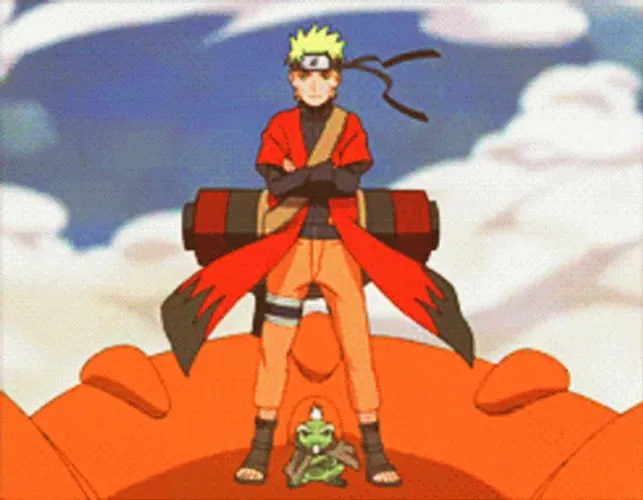- Aug 4, 2009
- 281,290
- 141,747
- 2,615
Tree update: On episode #9, season 5, "French Connection" The Curse of Oak Island Full Episodes, Video & More | HISTORY, very near the beginning of the show is an old photo of farmers on the island, standing in a grassy field with a bunch of those trees I've been hoping to identify. They all have that vase shape with the flat spreading top, and I don't think they're all victims of a burn; they have a distinctive shape. The photo wasn't dated and I don't know where on the island the photo was taken, but at one time there was quite an area of those trees.
So I watched the most recent episodes on tree alert. I cannot see a single one. Strange they all disappeared. I suppose they would, though, if they weren't native there and no one was caring about keeping them around.
If any tree lovers are around that might be able to help, take a peak at the pics in the OP and the ones in the photo in episode 9. Sorry I couldn't bring it in here, but I haven't figured out how to successfully turn off ad blocker and I quit trying to screw around with it. So the site wouldn't let me in to the episode.
TNHarley Any ideas?
Just look like scraggly trees to me
Unless someone does a DNA check on them showing they came from a distant land, I just assume they are scraggly trees
Look!
They have scraggly trees in Africa. That proves Oak Island scraggly trees came from Africa




